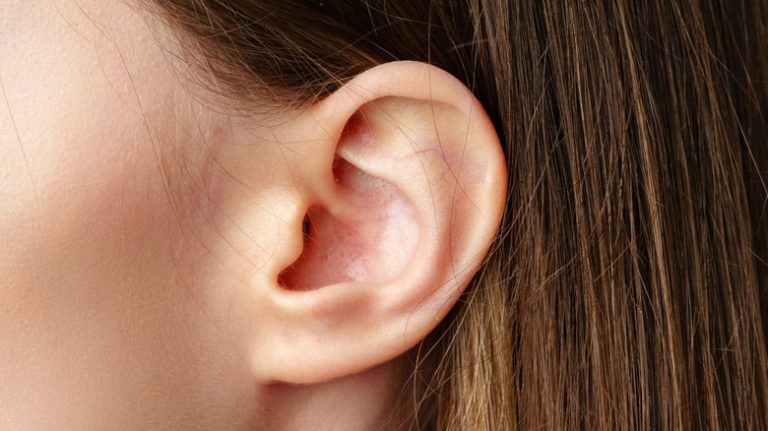
The U.S. Health and Human Services (HHS) Secretary Robert F. Kennedy Jr. sparked controversy by directing the Centers for Disease Control and Prevention (CDC) to cease recommending the addition of fluoride to drinking water. The Environmental Protection Agency (EPA), independent of RFK Jr.’s authority, sets standards for fluoridation and public water system safety. Neither the EPA nor HHS mandates fluoride addition to water systems nationwide.
(How safe is your water? Here are some tell-tale signs.)
RFK Jr. has consistently advocated for the removal of fluoride from drinking water, arguing that fluoride is an “industrial waste” associated with conditions like arthritis, bone fractures, thyroid disorders, and neurodevelopmental disorders (according to CNN). However, many of these claims are based on unsafe fluoride levels in water. For instance, a 2024 monograph by the National Toxicology Program indicated that water containing over 1.5 milligrams of fluoride per liter was linked to lower IQ scores in children. While the EPA permits up to 4 milligrams per liter in public water, the current HHS standard is 0.7 milligrams per liter.
How safe is fluoride?

While RFK Jr. accurately notes that some industries release fluoride into the environment during manufacturing, fluoride is also a naturally occurring element in the earth, according to a 2018 article in Preventive Nutrition and Food Science. Fluoride is stored in your bones and teeth, aiding in the strengthening of bone-building cells. Although naturally present in some water systems, the U.S. and Canada began adding it to public water supplies in the 1940s to help prevent cavities. This measure proved effective, leading to the inclusion of fluoride in dental products like toothpaste and mouthwash.
Issues can arise when excessive fluoride is consumed. Most fluoride toxicity cases in children occur when they swallow toothpaste or ingest mouthwash. Fluoride toxicity in adults is rare but can happen if the fluoride concentration in drinking water is too high. Severe fluoride toxicity can lead to bone fractures, and joints and tendons may lose mobility.
RFK Jr. also asserts that fluoridated water causes thyroid disorders. A 2024 meta-analysis in Environmental Research examined 27 studies on the link between fluoride exposure and thyroid disease. It found that high fluoride levels, particularly above 2.5 milligrams per liter, are associated with elevated levels of thyroid-stimulating hormone (TSH) in the blood, a potential indicator of thyroid dysfunction.
Adding fluoride to water is optional for states and local governments

State and local governments are not obligated to add fluoride to drinking water, but the CDC currently recommends a concentration of 0.7 milligrams per liter to aid in cavity prevention. Communities have the option to adjust fluoride levels, provided they do not exceed the EPA’s maximum limit of 4 milligrams per liter. Water systems with naturally high fluoride concentrations due to environmental factors must reduce fluoride to safe levels. EPA Administrator Lee Zeldin expressed willingness to collaborate with RFK Jr. to review current research on fluoridated water and potentially reconsider standards under the Safe Drinking Water Act. Additionally, the EPA monitors toxic chemicals like PFAS that may be present in drinking water.
In Utah, state legislators recently enacted a bill prohibiting the addition of fluoride to public water systems, despite CDC data showing less than half of Utah residents currently receive fluoridated water (via NBC News). Four other states have proposed similar bills making fluoridation optional or banning additives like fluoride in water entirely.




